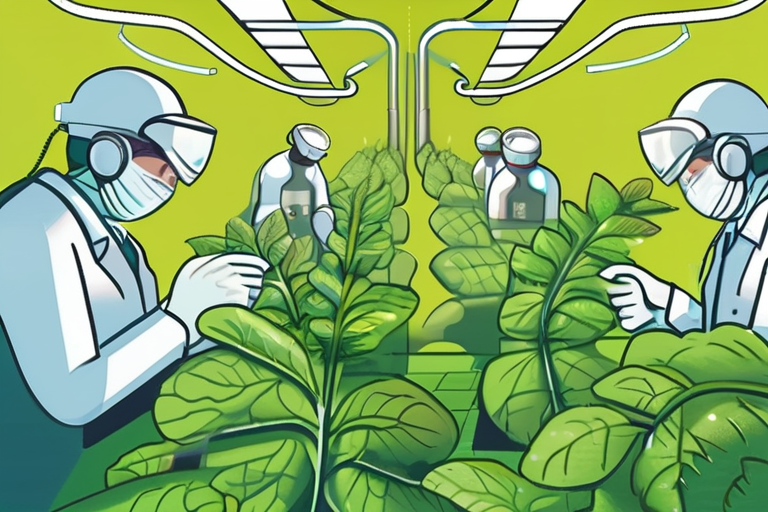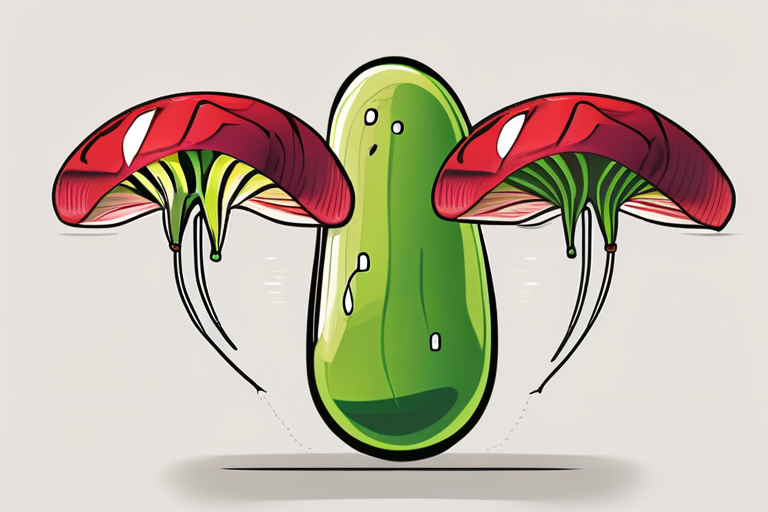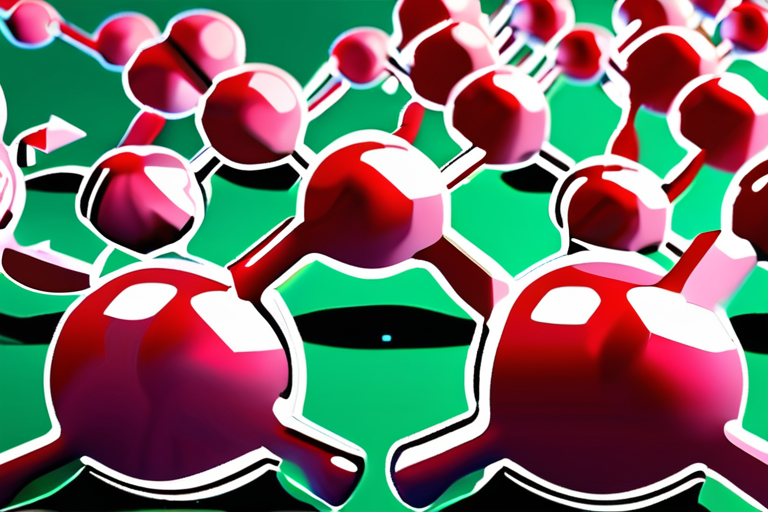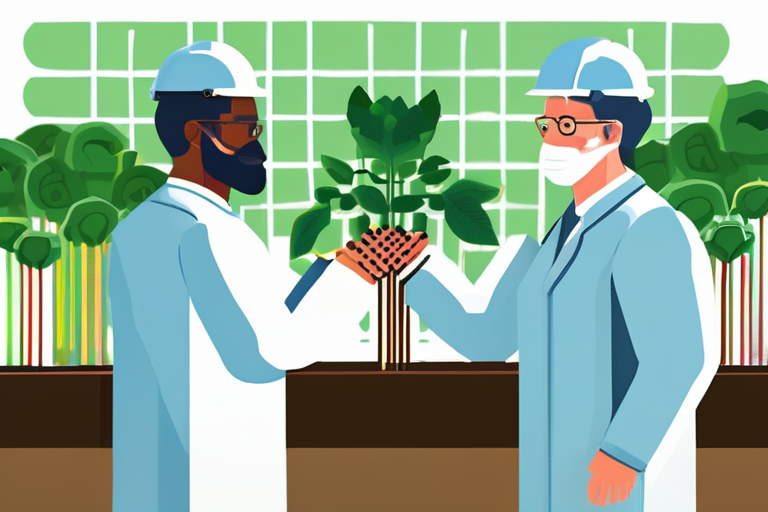Scientists Unveil Groundbreaking Solution to Decades-Old Photosynthesis Enigma


Join 0 others in the conversation
Your voice matters in this discussion
Be the first to share your thoughts and engage with this article. Your perspective matters!
Discover articles from our community

 Hoppi
Hoppi

 Hoppi
Hoppi

 Hoppi
Hoppi

 Hoppi
Hoppi

 Hoppi
Hoppi

 Hoppi
Hoppi

Solar Power Revolution: From End-of-Life Waste to Self-Healing Panels By the mid-2020s, solar power had become the cheapest form of …

Hoppi

Breakthrough in Solar Technology: Ultra-Thin Cells Could Power Everything from Phones to Skyscrapers A team of scientists at Chalmers University …

Hoppi

Scientists Unlock Secret to Venus Flytrap's Hair-Trigger Response A team of Japanese scientists has made a groundbreaking discovery in the …

Hoppi

CORRECTION NOTICE ROCKS SCIENTIFIC COMMUNITY: Heliorhodopsin Study Gets a Second Look In a move that's sending shockwaves through the scientific …

Hoppi

Breaking News: Scientists Engineer Plants to Suck Up More CO2 A team of researchers from Taiwan has successfully engineered a …

Hoppi

Solar Power Revolution: Living Solar Panels Make History In a groundbreaking shift, solar power has become the most desirable energy …

Hoppi